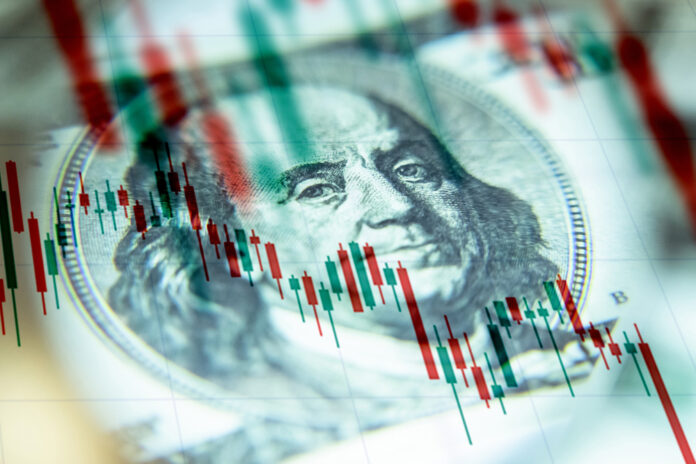The country’s external debt climbed to US$146.74 billion as of end-March 2025, marking a 6.6 percent increase quarter-on-quarter and 14 percent rise year-on-year, according to the Bangko Sentral ng Pilipinas (BSP). The rise, driven primarily by national government bond issuances and offshore bank borrowings, carries significant implications for the country’s monetary and fiscal policy outlook.
The latest figure equates to 31.5 percent of GDP, up from 29.8 percent in the previous quarter, suggesting an expanding reliance on foreign financing. While still within manageable levels, the uptick places additional pressure on the central bank’s policy decisions, particularly as it balances inflation containment with the need to support growth.
The national government accounted for US$5.06 billion of the 1Q increase, primarily through global bonds and multilateral loans to fund infrastructure and budgetary needs. Local banks added to the tally by sourcing short-term offshore funding to support trade and liquidity.
Despite the rise, the country’s short-term external debt of US$32.67 billion remains well-covered by gross international reserves of US$106.67 billion, providing a 3.27 times buffer. However, this ratio reflects a gradual erosion in external liquidity cover over recent years, a trend that policymakers must monitor closely.
Meanwhile, the debt service ratio fell to 8.4 percent, down from 9 percent a year ago, due to lower principal and interest payments, easing near-term external pressure. However, with external obligations increasing, BSP may face constraints in loosening monetary policy without risking currency volatility or capital flight.
The sustained increase in external debt signals potential future tightening of monetary policy leeway, particularly if global interest rates remain high or capital markets turn risk-averse.







